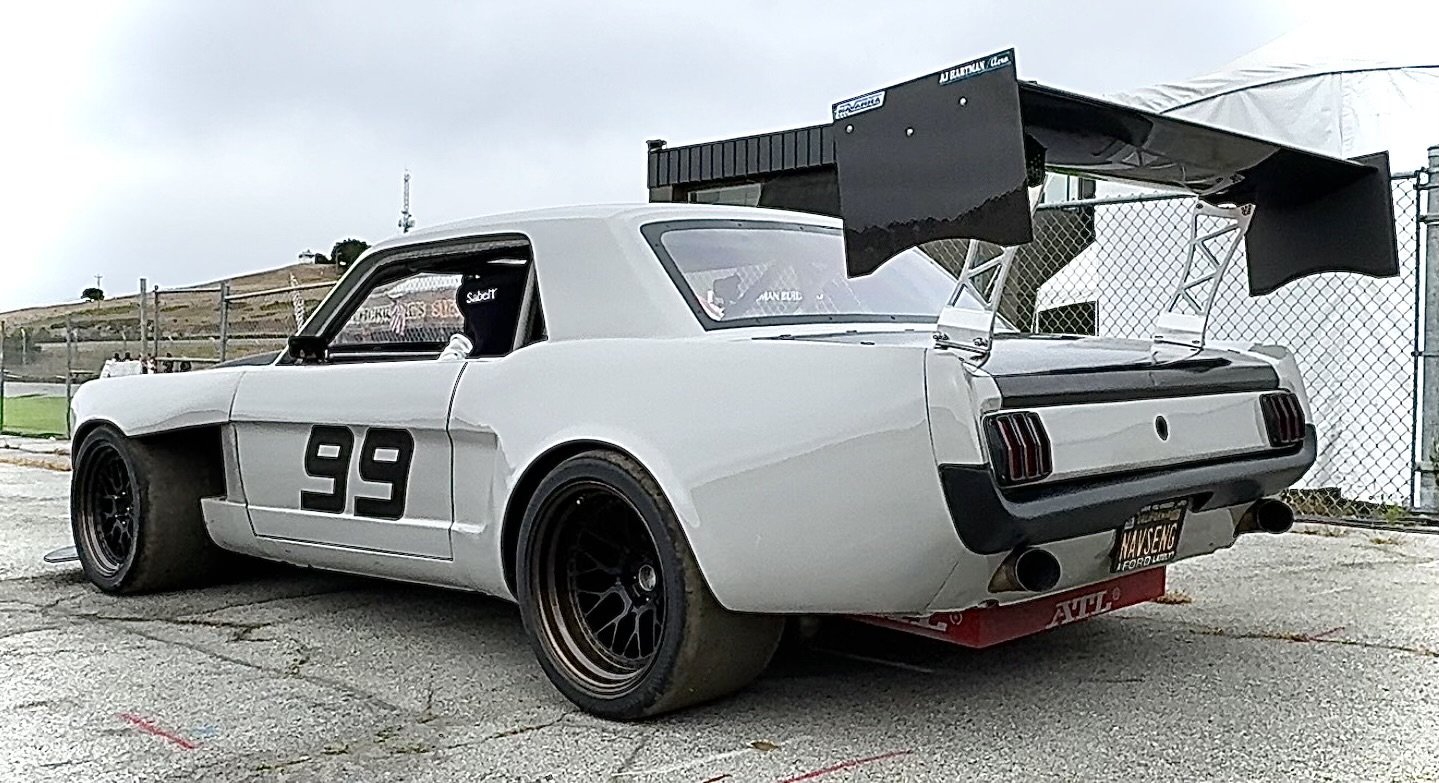
SpeedSF Blog
Every Build Has a Story – Meet the Cars of SpeedSF

Justin’s FC3S RX-7: Displaced Wankel
Justin Merritt’s desire to keep up with the Mustangs pushed him to ditch his FR-S for an LS1-swapped RX-7 in need of some TLC. With a little bit of work, he’s made the Mazda into a surprisingly approachable machine with plenty of untapped potential.

Brian’s Mustang: Keep It in the Family
With the help of capable friends and a fairly sizable budget, Brian decided to build this 1966 Mustang Coupe to a standard that most only dream about. NASCAR engine, sequential gearbox, big aero, and a elephant’s footprint make this machine one of the most extreme we’ve featured yet.

Justin's Moore's Mustang GT: Practicality Pays Dividends
After a long, challenging relationship with a peanut-eye STI, Justin Moore decided to get in a more reliable car and take advantage of the great lapping days available to him. This ‘11 Mustang GT needed some work to get it into the S3 title contender it is now, but it hasn’t given him any reason to stay out of the seat.

Seigo Ma's S2000: Grip and Reassurance
Aiming for a place at the sharp end of S3, Seigo Ma turned this S2000 into a predictable, reassuring machine he could lean on without fear. With a lot of aero grip, the S2000 is sticky enough to chase down cars twice as grunty.
